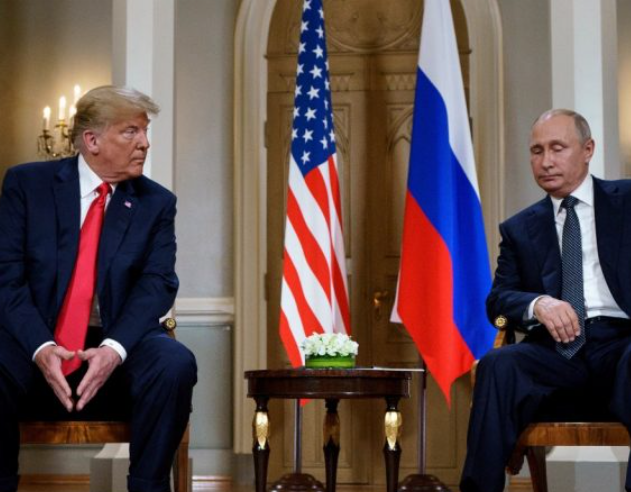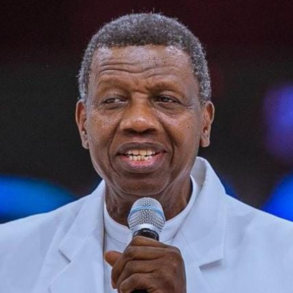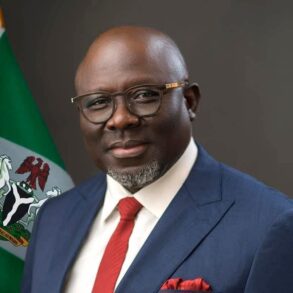US President Donald Trump and Russian President Vladimir Putin met on Friday at Elmendorf Air Force Base in Alaska for a high-stakes summit that could prove decisive for the future of the war in Ukraine.
The meeting marks Putin’s first visit to Western soil since ordering Russia’s invasion of Ukraine in February 2022 — a conflict that has killed tens of thousands and intensified in recent weeks with fresh Russian gains. Trump extended the invitation at Putin’s suggestion but has warned the talks could end within minutes if Moscow refuses to compromise.
Ukrainian President Volodymyr Zelensky was excluded from the talks, despite Trump’s insistence that any final agreement would involve a three-way meeting to decide on contested territories. Zelensky has publicly rejected US pressure to cede land seized by Russia, calling the Alaska summit a “personal victory” for Putin.
The Kremlin said the leaders would first meet privately with interpreters before holding a working lunch with aides. Neither is expected to leave the base for Anchorage, where demonstrators have rallied in support of Ukraine.
Putin faces an arrest warrant from the International Criminal Court but was able to attend after the US temporarily eased sanctions on senior Russian officials to facilitate travel and financial transactions in Alaska.
Trump, who has previously expressed admiration for Putin, faced backlash after their 2018 Helsinki summit, where he appeared to side with the Russian leader over US intelligence on election interference. Now in his second term, Trump has vowed to secure peace “in the near future,” but admitted the summit has “a one in four chance” of failure.
Western allies remain cautious, with US Secretary of State Marco Rubio calling for firm security guarantees for Ukraine — a proposal Trump has downplayed. Analysts warn that Putin may use the meeting to project strength and break out of diplomatic isolation, with veteran diplomat Daniel Fried cautioning that the Russian leader is “a master of the new shiny object which turns out to be meaningless.”
The Alaska meeting, steeped in historical symbolism as the US purchased the state from Russia in 1867, underscores the geopolitical stakes and uncertainty surrounding the path to ending the war.








